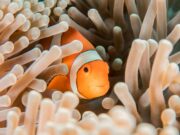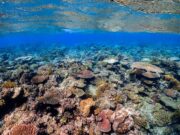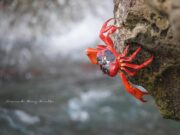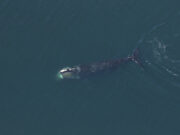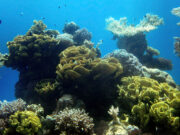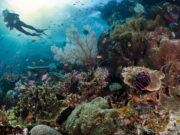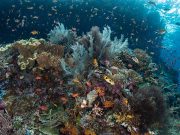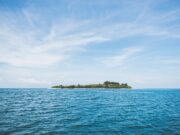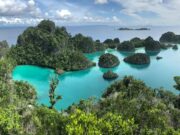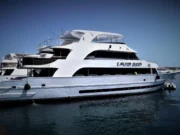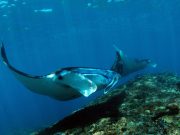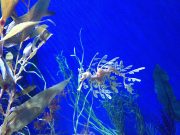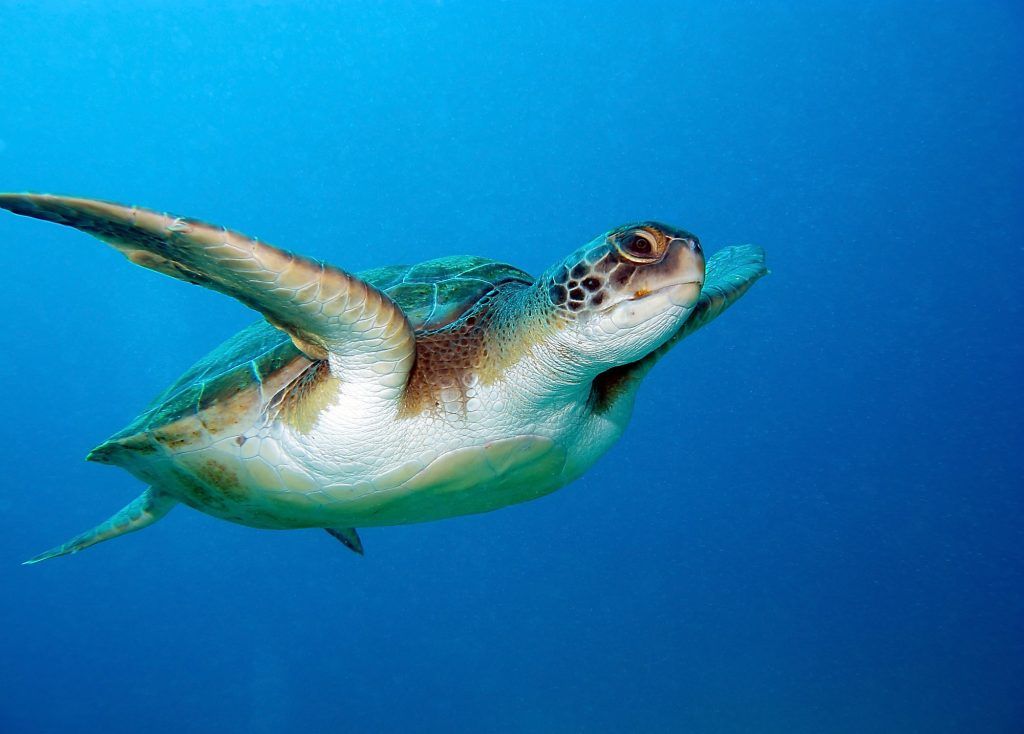Loggerheads are the most common turtle in the Mediterranean, but you also find them worldwide. They are named for their large heads AND are in fact one of the largest turtles – second only to the soft-shelled leatherback. Sadly they are endangered or threatened throughout their range. They have heart-shaped shells.
Plastic Meals
When babies, Loggerheads are omnivores. As they age though, they stop eating seaweed and stick to animals like crabs, whelks and jellyfish. Their liking for jellyfish is now causing them problems, as to a turtle a plastic bag looks a lot like a jellyfish, and can even smell like one too. The smell can make the turtles seek out the plastic and they eat every sixth item of plastic that they encounter. This can leave them feeling full so they die of starvation. There is even a 22% chance of dying when eating just one item plastic.
More Plastic Problems
It’s not just eating plastic which is a problem for the turtles. The accumulation of plastic debris on nesting beaches leads to baby turtles getting entangled so they can’t reach the sea. Turtles also get caught up in abandoned fishing nets.
Nests and Babies
Like all turtles, adult females lay their eggs on beaches – usually on the same stretch of coastline at which they themselves were born. Some females lay as many as six clutches ranging over six miles during the breeding season. During their lifetime, a single female loggerhead will produce around 4,200 eggs and could scatter them at 40 different sites to increase the chance that some of their offspring will survive.
When the babies hatch, they scramble off the beach towards the sea. Hatchlings and juveniles spend the first 7 to 15 years of their lives in the open ocean. Then they migrate to nearshore coastal areas where they will forage and continue to grow for several more years. Adult female loggerhead turtles, at age 20 (USA) to 35 (Australia) years, migrate hundreds or thousands of kilometres from there to their nesting beaches. They find their way back to nesting beaches by looking for unique magnetic signatures along the coast. Turtles likely go to great lengths to find the places where they began life because successful nesting requires a combination of environmental features that are rare: the right temperature, few predators and an easily accessible steeply sloping beach.
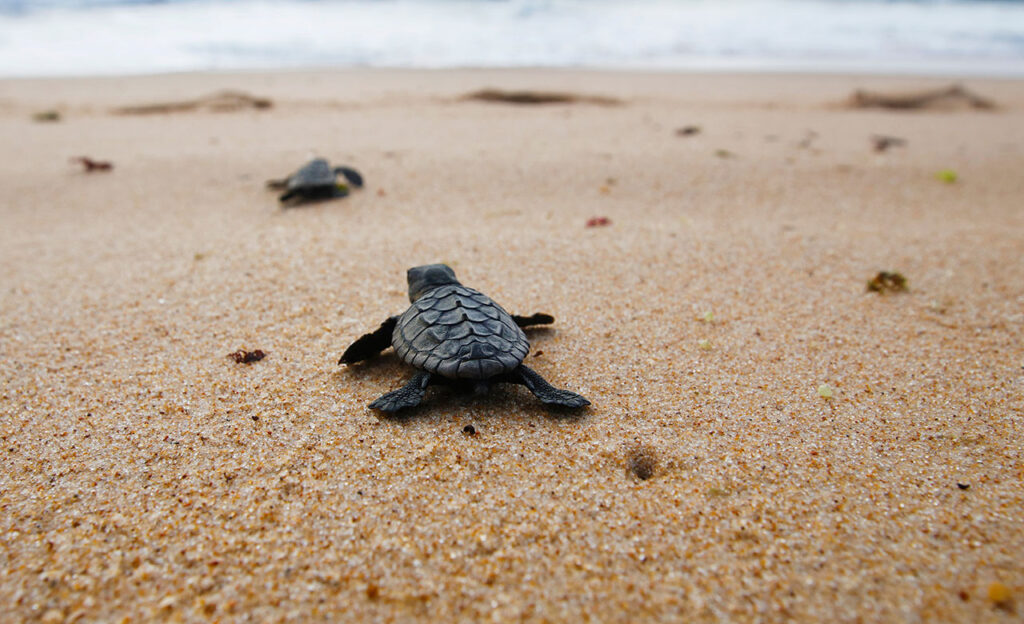 Image: Shutterstock
Image: ShutterstockProtecting the Turtles
We all love to see a turtle on a dive. Luckily many more efforts are now being made around the world to protect them. We can all help be reducing our plastic use and taking part in beach and sea litter picking. But we need governments to do their bit as well.
Further Reading
Where do baby loggerhead turtles go in their lost years?
Loggerhead turtles lay eggs in several locations to help hatchlings survive
Loggerhead turtles home in on nests magnetically
Sea turtles feeding habits influence reaction to marine debris
Why plastic is a deadly attraction for sea turtles
A quantitative analysis linking sea turtle mortality and plastic debris ingestion
Main image: Matt Kieffer/CC BY-SA 2.0
Image credits:
- Baby loggerhead turtle: Shutterstock

